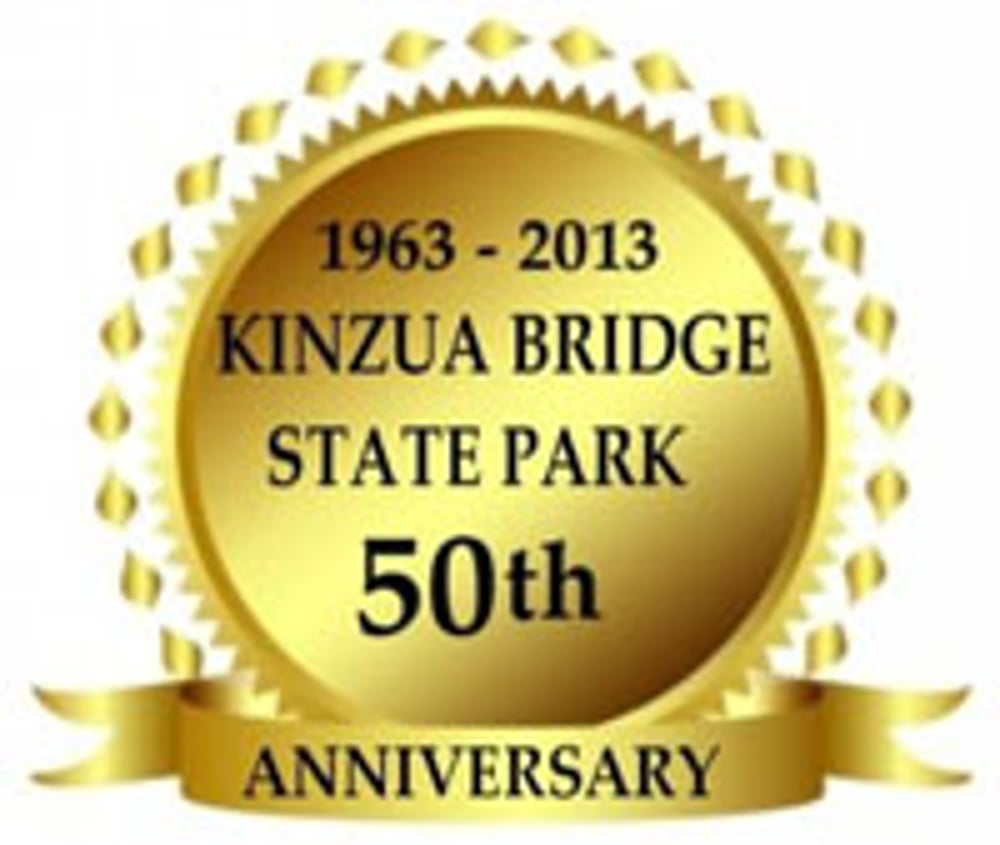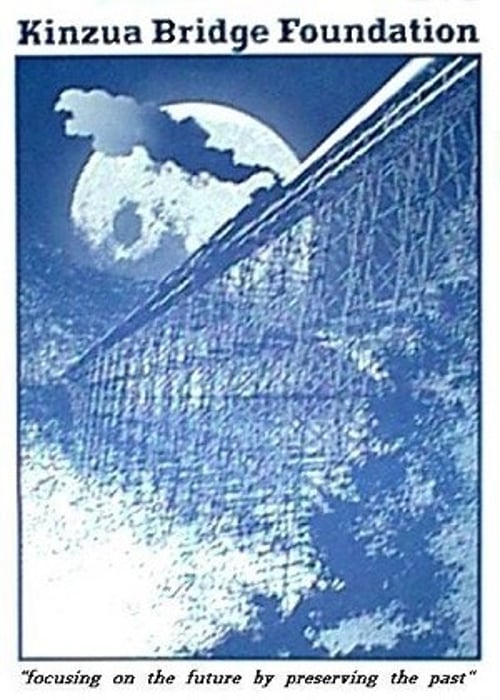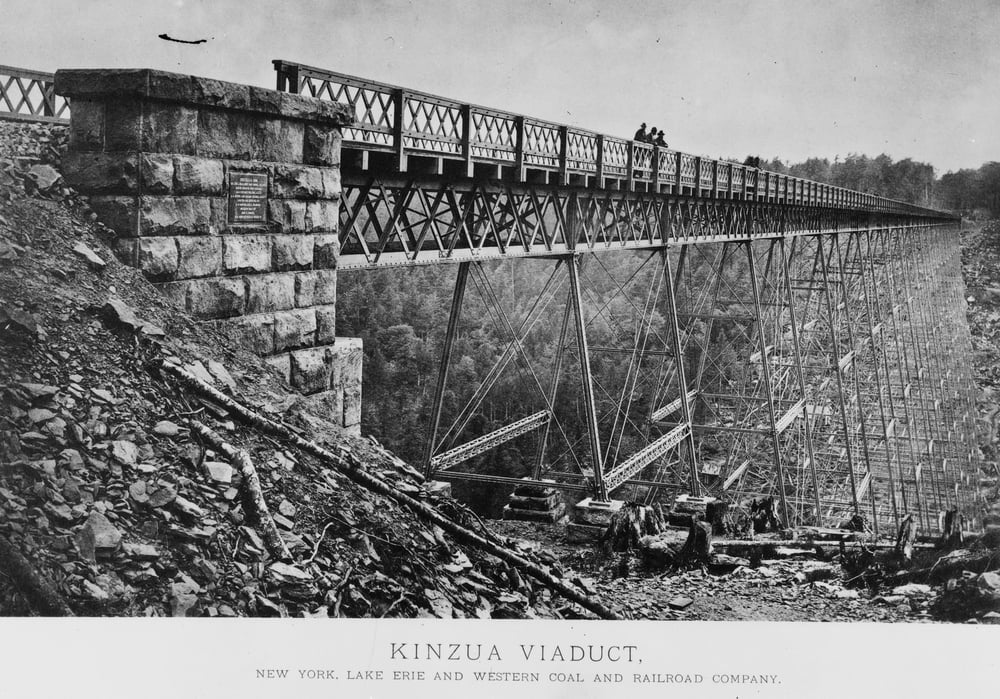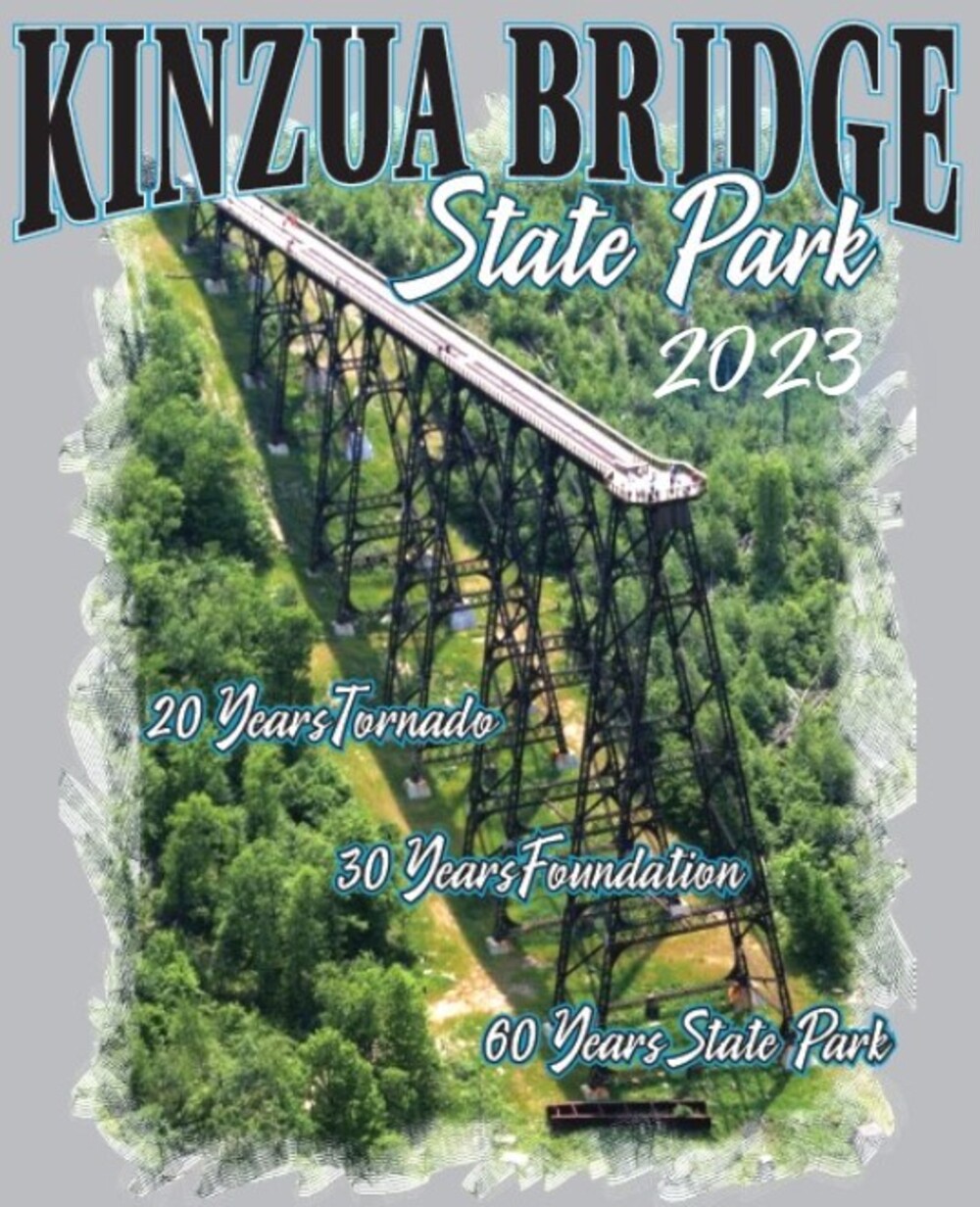

HISTORY OF KINZUA BRIDGE
General Thomas L. Kane has been credited with deciding that a railroad viaduct should
be built across the Kinzua Creek Valley and funding the proposal. An extension of an existing
rail line improving the transportation route to Buffalo, NY. would surely have served his
interests. He owned land in the southwestern part of McKean County where some coal mining
activities were occurring. He was also president of the New York, Lake Erie, and Western Coal
and Railroad Company.
In March of 1881, proposals for design and construction of a viaduct were invited from
several of the principal bridge builders of the Country. All proposals were considered during
May. The proposal from the Clarke, Reeves, and Company of Phoenixville Bridge works was
selected by Octave Chanute, Chief Engineer for the Erie Railroad. Clarke, Reeves, and
Company received the contract for both design and construction of the viaduct.
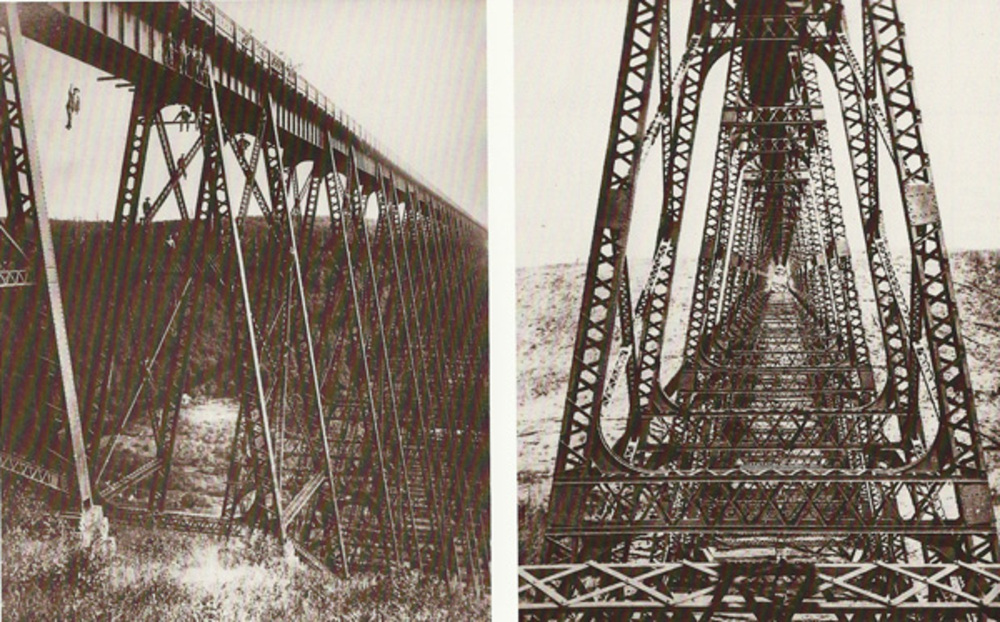
HISTORY OF KINZUA BRIDGE
The location for the viaduct was determined by O. W. Barnes; Chief Engineer for the
New York, Lake Erie, and Western Coal and Railroad Company. Work began on the viaduct in
May, 1881. It took 6 to 10 months to do the pier work, while taking a few months off for winter.
The cornerstone was placed on August 31, 1881. One-hundred-fifty men laid the “hard”
sandstone forming the piers. The highest piers, No. 21 and 22, that are above the ground are
11’.042”. The deepest pier, No. 17 is 16’ 5.6”. The amount of sandstone to build the piers
totaled 7,176.13 cubic yards, and was taken from the nearby hills.
Erection of the tubular iron
began on May 10, 1882 and was completed in 94 working days (working ten hour days) on
August 20, 1882. The work force of approximately 100 to 150 men placed 110 piers.
The
reason for the 110 piers is that they go through the center of the structure for support. There are
80 bents that support the structure. One of the highest bents, measures 288’10 13/32” and the
widest part of the base measures 102’ 8 ¾”. The width of the arch, at the top of the viaduct, is
11’. When complete, there were twenty towers (each containing four bents) crossing the valley.
The total height is said to be 301’. About 3.5 million pounds of tubular wrought iron was used
in the structure. The total cost was $275,000.00. The length of the structure is 2,053’1”. The
viaduct, at the time that is was built, was the highest in the world.
By the late 1890’s, however, the viaduct had become inadequate.
New steel railroad cars
and locomotives were being built. Increasing volumes were being carried on the rolling stock,
and locomotive weights increased greatly. The original viaduct was in use less than twenty
years. It became necessary to replace that bridge with a steel bridge containing a heavier and
more rigid superstructure.

HISTORY OF KINZUA BRIDGE
The new bridge was designed by C. W. Buchholtz, Chief Engineer for the Erie Railroad.
Construction began on May 20th, 1900. A force of 140-150 was employed by the construction
contractor: Gratton and Jennings of Buffalo, NY.
The old masonry foundation was large enough
to accommodate the new towers. The new structure was built entirely of steel and weighed
3,500 tons. Removing the old bridge and building the new took only four months. The total
length was 2,100 feet.
Train excursions were common in the early history of the bridge, with the last excursion
running on June 21, 1959. On August 12, 1963, Governor William W. Scranton signed a Bill
authorizing the establishment of Kinzua Bridge State Park. In 1977, Kinzua Bridge was placed
on the National Register of Historic Places and in 1982, was designated as a National Historic Civil Engineering Landmark.
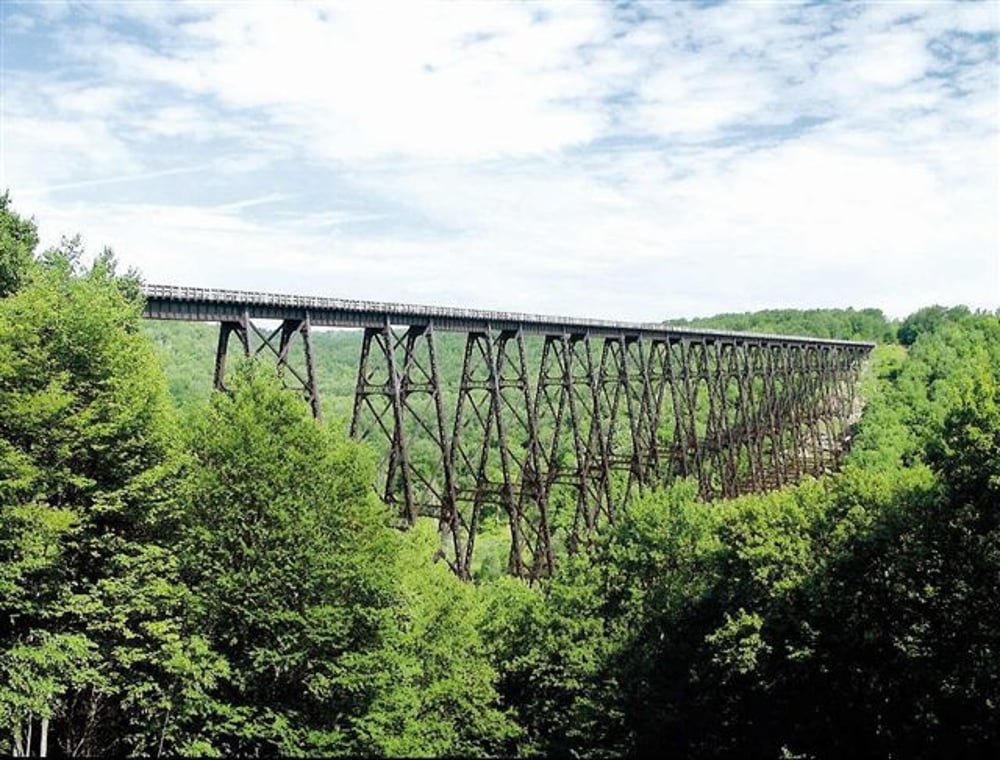
HISTORY OF KINZUA BRIDGE
Also, in 1982 the Knox and Kane Railroad purchased the tracks from Knox, PA. to Mt.Jewett, PA.
and offered excursions from Marienville\and Kane, across the bridge and back.
Excursion train traffic was halted in June, 2002 due to the condition of the aging viaduct. It was
also closed to pedestrian use in August, 2002. The State hired a contractor to rehabilitate the
entire structure, but on July 21, 2003 an F-1 tornado, with winds calculated at 94 miles per hour,
partially destroyed the viaduct.
Eleven of the twenty towers lay in the valley below. To that
day, the Kinzua Viaduct was considered the fourth highest in the world.
